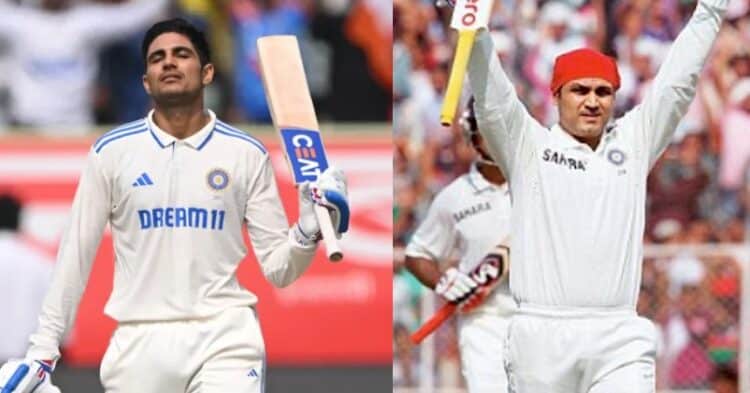Scoring a double century in international cricket is a hallmark of excellence, endurance and skill. Achieving this milestone in either ODIs or Test cricket is rare enough but a few have etched their names in history by reaching the 200-run mark in both the formats.
These players have showcased adaptability across formats, dominating bowlers in Tests with patience and in ODIs with power and precision and here is the list of all those cricketers who have scored double tons in both the formats:
1. Sachin Tendulkar – The First ODI Double Centurion
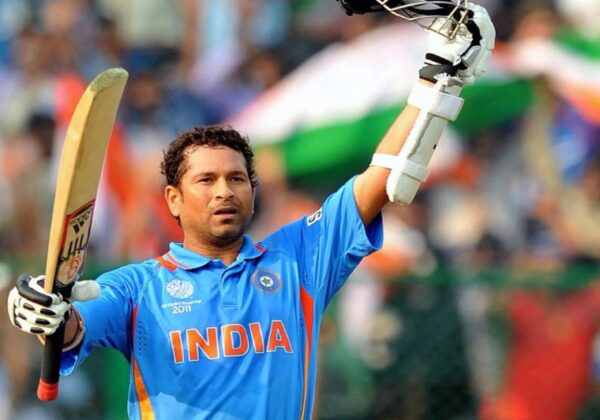
The “Little Master” made history in 2010 by becoming the first player in the ODI history to score a double century. Playing against South Africa in Gwalior, Sachin Tendulkar scored an unbeaten 200 off 147 balls, including 25 fours and 3 sixes. It was a flawless innings built on timing, placement and experience. At the time, it was considered nearly impossible to score a double hundred in a 50-over game. Yet Sachin Tendulkar’s masterclass broke that myth.
In Tests, Sachin Tendulkar was a run machine. He has scored six double centuries, with a highest of 248 against Bangladesh* in 2004. His 217 against New Zealand in Chennai (1999) also stands out, as he carried India through a crucial innings with elegance and control. His ability to adapt to any condition and format made him the most complete batsman of his generation.
2. Virender Sehwag – Fearless and Unrelenting
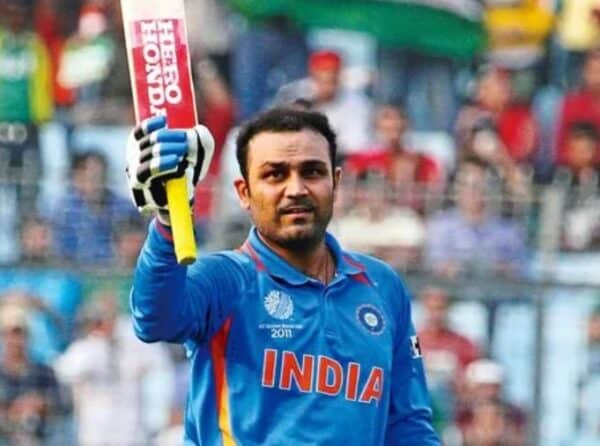
Virender Sehwag brought his Test match aggression into ODIs. In 2011, he smashed 219 off just 149 balls against West Indies in Indore. His innings featured 25 fours and 7 sixes, a brutal display of clean hitting that left bowlers helpless. At that time, it was the highest individual score in ODIs, breaking Sachin Tendulkar’s record.
In Test cricket, Sehwag has two triple centuries and multiple doubles. His 309 vs Pakistan (Multan, 2004) made him the first Indian to score a triple hundred. Another famous double was 201 against Sri Lanka in Galle (2008), where he took on Muralitharan and co. with fearless strokeplay. Sehwag’s natural game didn’t change with formats and that consistency made him one of the most dangerous openers in world cricket.
3. Rohit Sharma – King of ODI Double Centuries
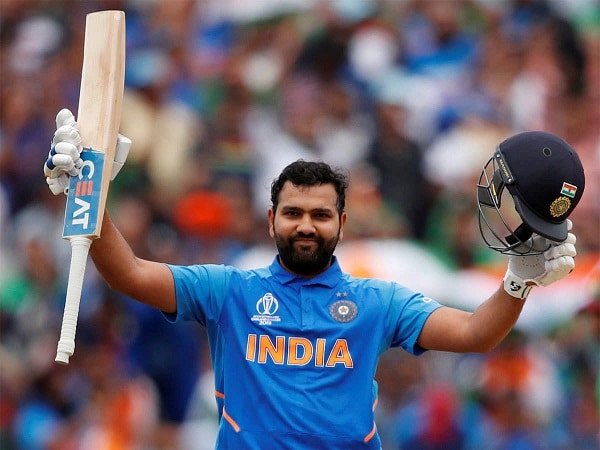
Rohit Sharma redefined what’s possible in limited-overs cricket. He has an unprecedented three ODI double centuries: 209 vs Australia (2013), 264 vs Sri Lanka (2014) – the highest individual ODI score and 208 vs Sri Lanka* (2017)
Rohit’s ability to shift gears during the innings is unmatched. He often starts slow and accelerates rapidly after settling, turning centuries into doubles almost seamlessly.
In Tests, Rohit had a late bloom but he made a strong impact. His standout performance came in 2019 when he scored 212 against South Africa in Ranchi, his first double century in the longer format. His innings was a perfect blend of patience, technique and flair, proving he’s not just an ODI specialist.
4. Chris Gayle – Universe Boss Power

The West Indian powerhouse became the first non-Indian to score a double hundred in ODIs when he bludgeoned 215 runs off 147 balls against Zimbabwe in the 2015 World Cup. He hit 10 fours and a record-equalling 16 sixes. Gayle’s brute force and ability to clear boundaries at will made it one of the most entertaining innings in the World Cup history.
Gayle has also dominated the Test arena, with two triple centuries to his name and his highest Test score is 333 vs Sri Lanka (Galle, 2010). Among his many doubles, his 204 against New Zealand in 2002 at Queen’s Park Oval showcased his ability to build a long innings. Gayle proved that power-hitting and concentration could go hand in hand.
5. Shubman Gill – The New Age Star
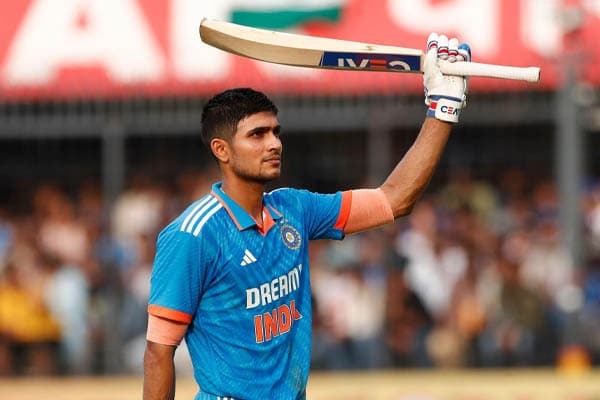
Shubman Gill is the latest entrant in this elite list. In January 2023, he scored a phenomenal 208 off 149 balls against New Zealand in Hyderabad. At just 23 years old, he became the youngest Indian to score a double century in ODIs. His innings featured 19 fours and 9 sixes and was a combination of classical strokes and modern aggression.
In July 2025, during the second Test against England at Edgbaston, Gill etched his name in Test history with a majestic 269, the highest score by an Indian Test captain. He followed that up with 161 in the second innings, establishing himself as the backbone of India’s batting lineup. His rise signifies the seamless transition of new-generation players across formats.
Which one is your favourite cricketer?
